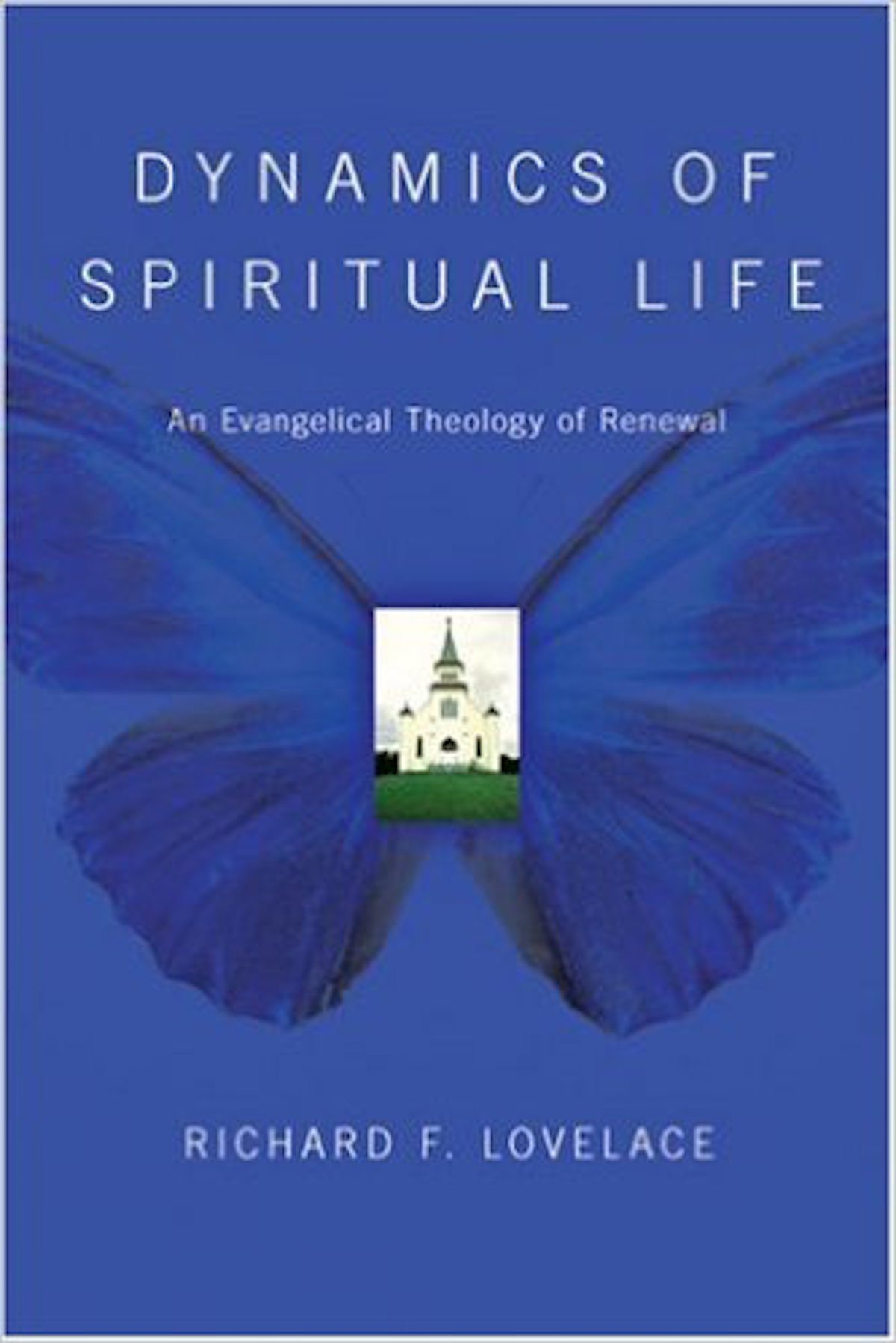Taking the advice of C. S. Lewis, we want to help our readers “keep the clean sea breeze of the centuries blowing through our minds,” which, as he argued, “can be done only by reading old books.” In this new series, Rediscovering Forgotten Classics, we want to survey some forgotten and lesser-known Christian classics. With our first installment, we invited Douglas Groothuis—professor of philosophy at Denver Seminary—to reflect on Richard Lovelace’s Dynamics of Spiritual Life: An Evangelical Theology of Renewal (1979). This classic treatise on renewal has been influential in the lives and ministries of many, including Tim Keller, David Powlison, and Ray Ortlund. Some might argue a book published 37 years ago hardly qualifies as “old” or a “Christian classic,” but this work—as Groothuis reminds us—uniquely channels the wisdom of the past in ways that make it “profound, wise, and challenging” for the church today.
Books grounded me during my early Christian life.
Along with Francis Schaeffer’s The God Who Is There, Blaise Pascal’s Pensées, C. S. Lewis’s The Abolition of Man, Os Guinness’s The Dust of Death, and Augustine’s Confessions (and many others), Richard Lovelace’s Dynamics of Spiritual Life (1979) offered a historically and theologically rich charter for living the Christian life in all its dimensions: individual, church, and culture.
To this day, I know of no other book in this category.
I served in campus ministry from 1979 to 1984 at the University of Oregon. During that time I read Lovelace’s book. Most of my ministry time was spent in preparation for teaching. During the early 1980s, I taught from Dynamics of Spiritual Life in a yearlong course for upper division credit in sociology. It was called, a bit pretentiously, “The Twilight of Western Thought.” Given today’s fear of microaggression and the advent of “equality officers,” safe zones, and trigger warnings (for those fragile souls traumatized by ideas not their own), this course would never be taught today.
The course was taught from a Christian perspective. And free of any discrimination against non-Christian students or their work, Dynamics of Spiritual Life explained the Christian worldview in relation to other perspectives. True pluralism respects and listens to opposing viewpoints; it doesn’t avoid them at all cost. That’s how the head of the sociology department saw it, so he sponsored the class.
What a feast it was to teach through every chapter of Dynamics of Spiritual Life. My copy is decorated with color markings, underlinings, marginalia, and my own index on the inner front cover. As C. S. Lewis wrote in An Experiment in Criticism, the literary person re-reads his great books. This work, now 37 years old, deserves to be read and re-read.
Transformative Classic
Lovelace approaches the theology of renewal as a church historian who draws wisely from many movements and thinkers, among whom Jonathan Edwards features prominently. While Reformed theologically, Lovelace appreciates the best of the various Protestant traditions and accepts the ongoing power of the charismatic gifts. His winsome and sane approach stimulated me to rethink and eventually leave behind the cessationism I’d picked up from dispensational theology. I found one could be a Calvinistic charismatic, and so I’ve remained.

Dynamics of Spiritual Life: An Evangelical Theology of Renewal
Richard Lovelace
Dynamics of Spiritual Life: An Evangelical Theology of Renewal
Richard Lovelace
Dynamics of Spiritual Life proceeds in a linear and systematic fashion by considering the nature of renewal in some depth. Lovelace isn’t writing about revival specifically, although he can’t ignore that. Rather, he addresses the conditions for renewal given what Scripture and church history tell us. In Part I, he measures the current situation (1979) for the church and looks at biblical patterns of renewal. He considers preconditions for renewal (knowing God and our sinfulness); primary elements of renewal (our status in Christ); and secondary elements of renewal (mission, prayer, community, theologian integration, and disenculturation). Renewal in the church is the second and longer part of the book. Here Lovelace offers a cornucopia of insight on the “sanctification gap,” how revivals go wrong, the nature of orthodoxy and ecumenism, the Christian and the arts, a biblical account of social action, and “the prospects for renewal.”
Lovelace’s reflections are deeply biblical, theologically rich, and spiritually heartening. Consider one example. His discussion of justification and sanctification is faithful, clear, and cogent. Our theology of justification and sanctification is foundational to any Spirit-led renewal in the church and in culture. Twenty years after I taught this material, one of my students emailed to say how significant this was in forming her young Christian life. Indeed, I often return to this reality in my Christian experience. I’m accepted in Christ, justified by his righteousness, and loved. From that foundation I seek to grow in grace and truth, depending on the Holy Spirit in all things.
Profound, Wise, Challenging
The American church desperately needs renewal and reformation, especially as our culture works out the sad implications of its secularism concerning gender, human rights, and more. Dynamics of Spiritual Life, though written in 1979, can help chart the way. I can’t think of any book as profound, wise, and challenging on these matters.
Yes, it’s high time to re-read this modern classic.




































